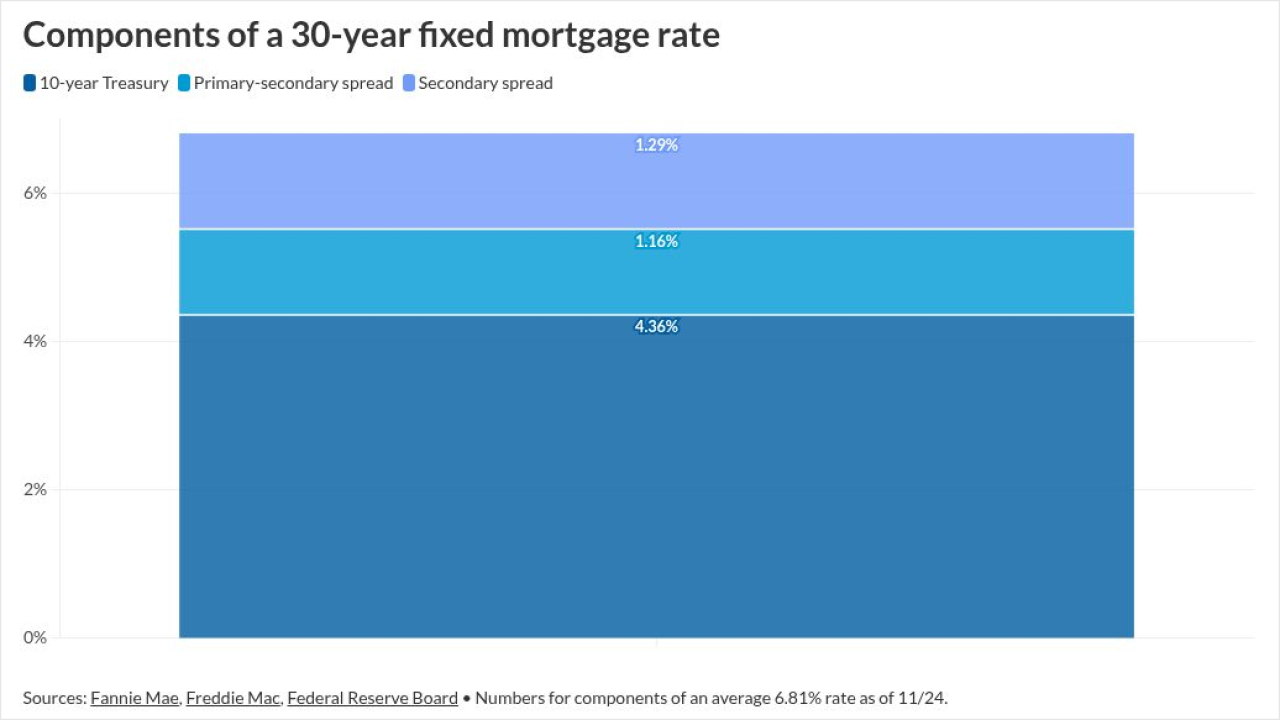Loan performance hinges on more than credit scores and interest rates. Environmental infrastructure—especially pond liners—can quietly jeopardize property value, borrower stability, and servicing costs. Lenders who overlook these risks expose their portfolios to long-term damage they cannot track through standard underwriting alone.
The importance of pond liners
Liner failure introduces liabilities that compound quickly. Why lenders should care about liner failures becomes clear the moment infrastructure lapses threaten both property integrity and borrower equity.
Hidden environmental risks that undermine property value
Below-grade infrastructure like liners rarely shows visible damage until late-stage failure. Saturated soil, uneven settling, and unexplained pooling often precede foundational stress, but few inspections catch those cues in time. By the time water intrudes into basements or destabilizes fencing, repair costs have outpaced mitigation budgets.
Low-cost liners used during rushed construction often decay faster than anticipated. When contractors cut corners, they frequently select materials that fail under pressure cycles or react poorly to local soil conditions. As a result, lenders who lack visibility into site-level choices risk backing compromised assets without adjusting terms or protective coverage.
When liner damage leads to borrower default
Repairing water damage, landscaping erosion, and soil displacement quickly escalates out-of-pocket costs for homeowners. Sudden bills tied to failed liners can push even creditworthy borrowers toward nonpayment, particularly in competitive housing markets. Rising HOA assessments or denied insurance claims often trigger spiraling disputes over responsibility.
Properties impacted by poor drainage or liner breakdown typically suffer valuation drops and slower resales. Once environmental flags surface on a property record, future lending or refinancing options grow limited. Why lenders should care about liner failures becomes undeniable when defaults emerge from infrastructure negligence rather than borrower behavior.
Servicing fallout and regulatory consequences
Flooded homes with missing or broken liners frequently draw local agency attention. When owners defer repairs or abandon sites, servicers must absorb cleanup, coordinate inspections, and sometimes litigate liability. That burden drains resources meant for loss mitigation and damages servicing benchmarks lenders depend on.
The
How lenders can strengthen risk review processes
Stronger due diligence starts with asking site-specific questions about liner type, condition, and inspection history. Surveyors and engineers can validate design integrity long before environmental risks mature into losses. Meanwhile, visuals from GIS platforms or public basin overlays also map which properties carry retention or erosion exposure.
Risk teams should tailor their review protocols by region. Flood-prone zones, clay-heavy soils, and recent landfills all raise flags worth exploring in underwriting and post-close monitoring. Investments in environmental visibility reduce surprises and help lenders lead with knowledge, not reaction.
Poor liner performance may never appear on a credit report, but it surfaces in loan performance. Lenders who account for that risk early stay ahead of preventable defaults, asset deterioration, and legal fallout.



